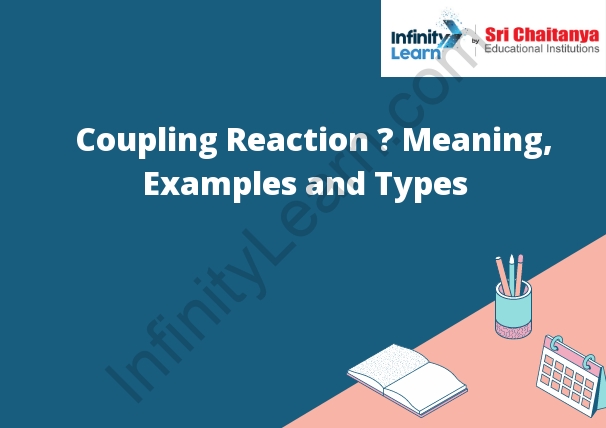Table of Contents
What is a Coupling Reaction?
Coupling reactions are a type of organic reaction in which two small molecules, typically organic radicals, are joined together to form a larger molecule. The two molecules that are joined together are called “coupled” molecules. The larger molecule that is formed is called a “coupled product.”

Principle of Coupling Reaction
Coupling reactions involve the joining of two small molecules to form a larger one. In many cases, the two small molecules are different compounds, but they can also be the same molecule. The larger molecule formed by the coupling reaction is called a dimer.
Coupling Reaction Examples
Coupling reactions are a class of organic reactions in which two small molecules are joined together to form a larger molecule. The two small molecules are called monomers, and the larger molecule is called a polymer.
Examples of coupling reactions include the polymerization of ethylene to form polyethylene, the polymerization of propylene to form polypropylene, and the polymerization of styrene to form polystyrene.
Types of the Coupling Reaction
The coupling reaction is a type of organic reaction in which two molecules are joined together by a covalent bond. The most common type of coupling reaction is the Heck reaction, which is used to synthesize carbon-carbon bonds. Other types of coupling reactions include the Suzuki reaction, the Stille reaction, and the Sonogashira reaction.
Applications of the Coupling Reaction
The coupling reaction has a variety of applications in both synthetic organic chemistry and biochemistry. In synthetic organic chemistry, it is used to form carbon-carbon bonds between two different molecules. This is often used to create complex molecules that have a desired structure. In biochemistry, the coupling reaction is used to join two different amino acids together to form a peptide bond. This is used to create proteins and peptides.






